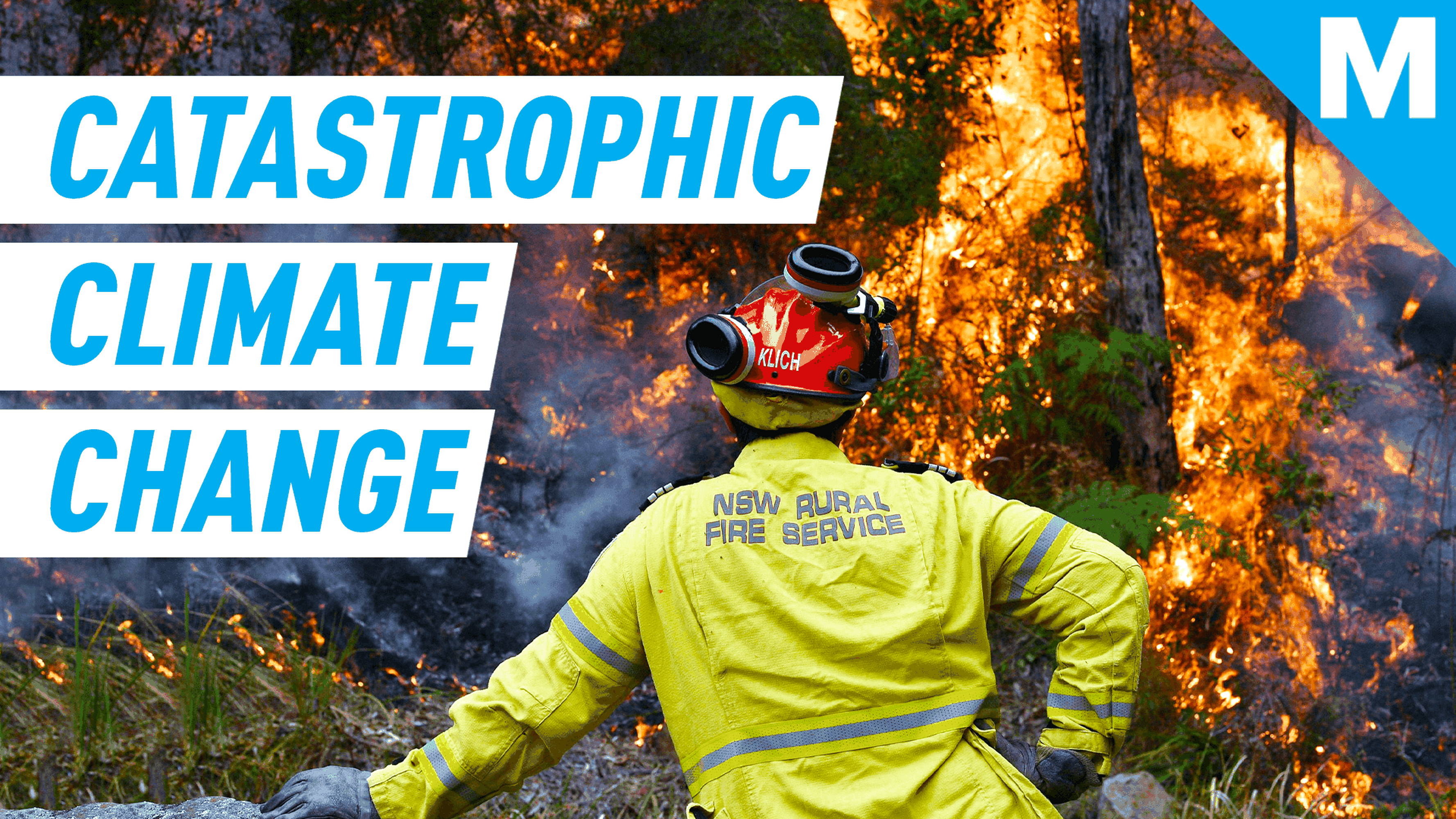
Top U.S. research agencies confirmed Thursday that 2020 rivaled 2016 for the warmest year on record. Modern records go back 140 years.
NASA data shows 2020 matched 2016 for the warmest recorded year, while the National Oceanic and Atmospheric Administration (NOAA) found 2020 just barely missed tying 2016, and finished a close second (by just 0.04°F).
But crucially, the numbers underscore that Earth’s relentless warming trend continues unabated. As heat-trapping carbon levels rise in the atmosphere, every year since 1977 has been warmer than average and the years are growing increasingly hot.
“The warming of the earth is unequivocal,” said Alan Hamlet, an associate professor of civil and environmental engineering and earth sciences at the University of Notre Dame. Hamlet had no role in either the NASA or NOAA report.
Having 43 straight years (since 1977) of anomalously warm years wouldn’t happen unless the planet was warming dramatically, emphasized Hamlet, who spoke with Mashable before that number officially became 44 years on Thursday. The statistical chances of such a remarkable, over four-decade trend simply happening by chance (in a stable climate that wasn’t continually warming) are about one in nine trillion, he added.
NASA and NOAA’s modern surface temperature records go back well over a century, to 1880. Recent years have been particularly warm:
2020 was the hottest year in the global temperature record, going back 140 years. 2020 statistically tied with the previous record holder, 2016 – a year when El Niño, a cyclical climate pattern, gave temperatures an above average boost. pic.twitter.com/Ght03Sl2VQ
— NASA GISS (@NASAGISS) January 14, 2021

Earth’s continued temperature rise.
Image: nasa giss
What’s especially remarkable about 2020’s warm global temperature is it occurred amid a natural weather pattern called La Niña, when a large swathe of the surface waters in the Pacific Ocean cool down. This has an overall planetary cooling effect. But human-caused warming overwhelmed this cooling.
“[2020’s warming] is really bad news considering that 2020 was a La Niña year,” said Torbjörn Törnqvist, a professor of geology at Tulane University who researches past climates and sea level rise. Törnqvist had no involvement with either the NASA or NOAA report.
Usually, record or near-record global records are set during strong El Niño years, when a large patch of the Pacific Ocean warms, like in 2016. But not so in 2020. “It suggests that the rate of warming is ramping up,” said Törnqvist.
Earth is reacting to the highest atmospheric levels of heat-trapping carbon dioxide in at least 800,000 years, but more likely millions of years. The consequences are clear:
Earth’s warming trend can’t be flipped off like a switch. That’s because each year, in our fossil-fuel dominated civilization, tremendous carbon emissions are emitted into the atmosphere, adding to an already big “pile” of atmospheric carbon. UN scientists, however, urge global society to ambitiously slash emissions in the next decade and beyond to stabilize global temperatures sometime later this century, perhaps at some 2 degrees Celsius (or 3.6 degrees Fahrenheit) above temperatures in the 19th century. This would take unprecedented, though necessary, efforts.

For 44 straight years, Earth’s surface has been warmer than average.
Image: noaa
As the planet warms in the coming decades, more records will be set. Impacts, like rising sea levels, will continue apace. Sea levels have risen by some eight to nine inches since the late 1800s, but are expected to accelerate their rise as the enormous ice sheets on Greenland and Antarctica dump water into the oceans. This could redraw coastal maps all over the globe.
“We’re looking at a persistent thing,” said Törnqvist, noting the last time sea levels continually rose like today was when the last of the great Ice Age glaciers melted into the oceans over 7,000 years ago. “The rate will continue to go up in the future, that’s something we’re confident about.”
The good news is we know how to slash carbon emissions. We know, for example, this necessitates the mass electrification of vehicles and transitioning to carbon-free power generation. “There’s a lot we can do to prevent catastrophic outcomes on a global scale,” emphasized Törnqvist.
Many warming impacts might not be at the forefront of everyone’s mind, like the worst pandemic in a century might be. But the consequences of largely unchecked warming loom large, and will likely be extreme.
“COVID is like the house on fire — immediate action is essential,” said Sarah Green, an environmental chemist at Michigan Technological University who had no role in the climate reports. “The climate crisis is like a forest fire raging a mile away. It can’t be ignored, and long range planning is needed to mitigate the problem over the long term.”
2020 is not going to be the last year to either break records or nearly break records, said Notre Dame’s Hamlet. The warming will continue. “It won’t stop,” he said.
